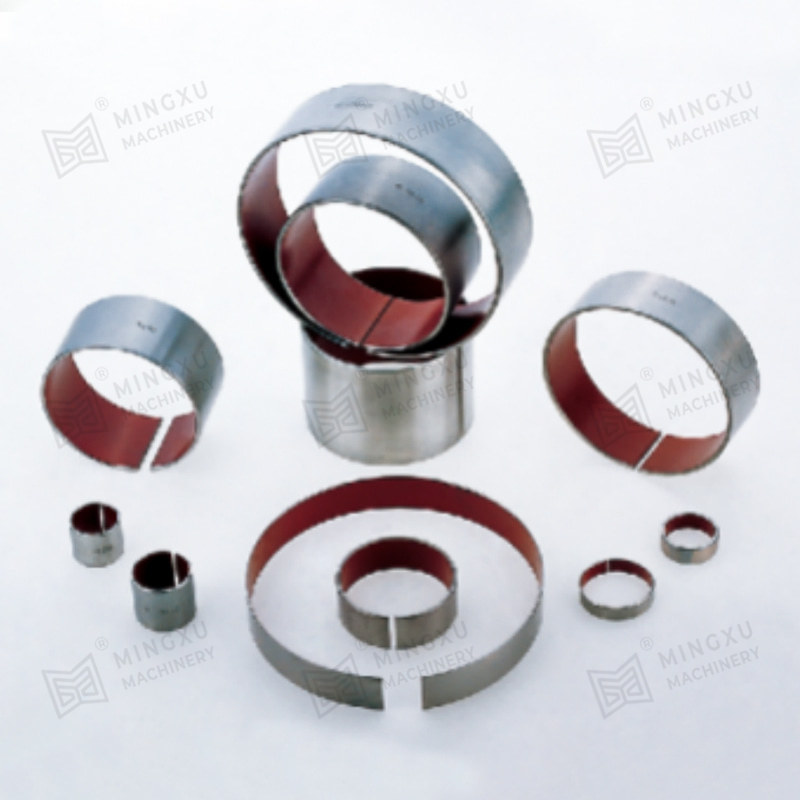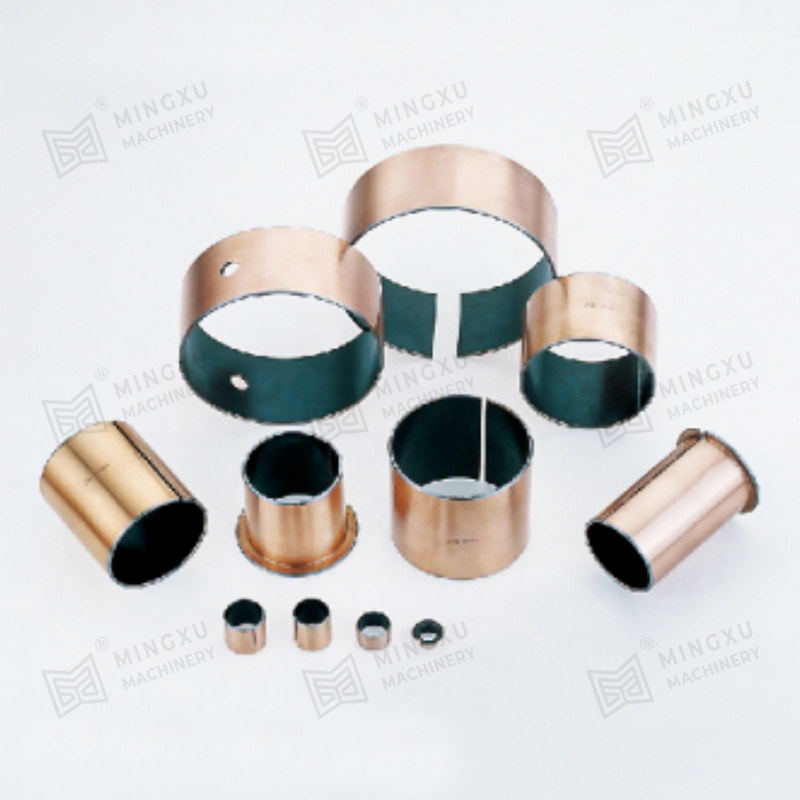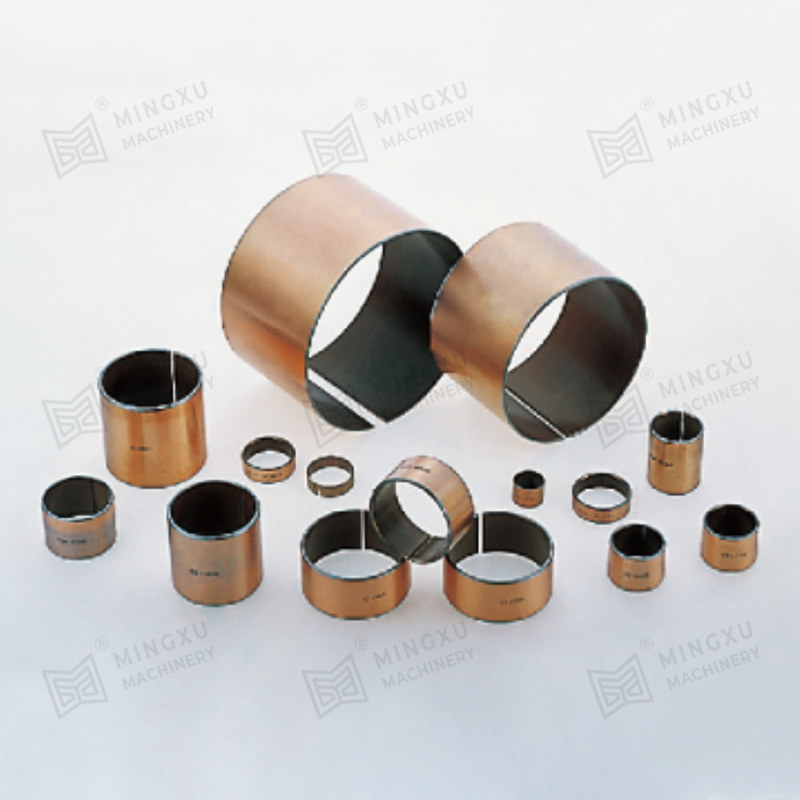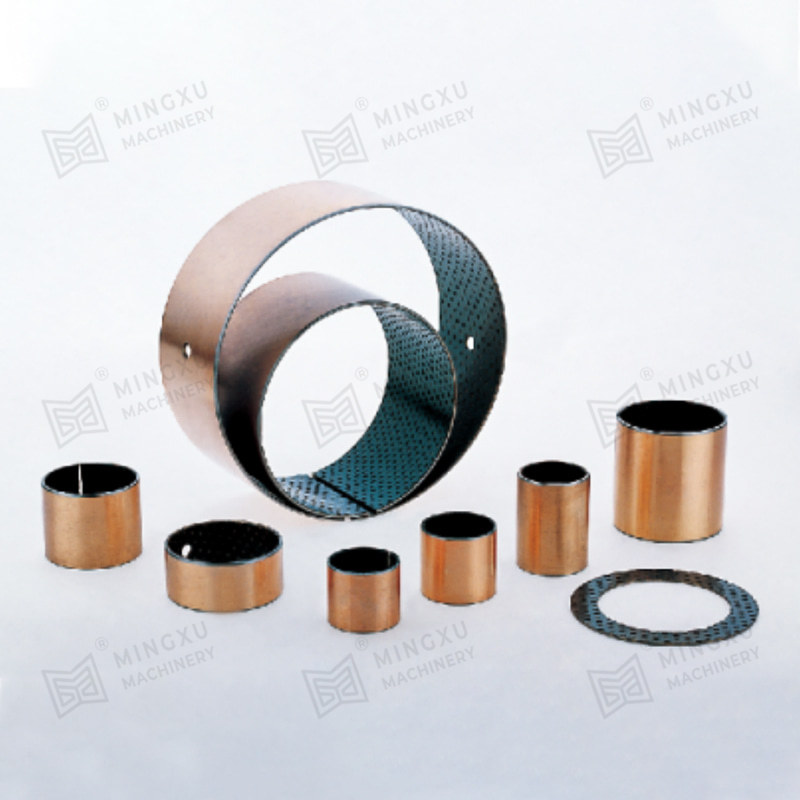The basic metal elements of brass alloys are copper and zinc. In addition to copper and zinc, the reasonable addition of other elements can also change or enhance the properties of brass. At the same time, excessive addition of some elements can also reduce the properties of brass. Due to the different characteristics of elements, they can be insoluble in copper, have a small amount of solid solution, a large amount of solid solution, or infinite mutual solubility. The solid solubility decreases drastically as the temperature decreases, and there are complex phase changes in the solid phase. Therefore, the impact on the properties of copper varies widely, the role of each element in copper alloys will be introduced separately.

Fe
1. The melting of iron in solid copper is extremely small, and the iron-rich phase particles are distributed in the α matrix, which has the effect of refining the grains. Adding 0.3%~0.6% to H60 brass has a strong grain refinement effect, but the iron content of antimagnetic copper materials should be less than 0.3%.
2. Impurity iron has no obvious impact on the mechanical properties of brass.
Pb/Bi
1. Lead and bismuth are harmful impurities in general brass, and bismuth is more harmful than lead. 2. Lead exists in granular form in the fusible eutectic on the grain boundary. If the lead content of α brass is greater than 0.03%, it will become hot brittle and have no significant impact on the cold working performance. Lead has no major impact on the processing properties of duplex brass, and its allowable content can be slightly higher. 3. Bismuth in brass is distributed as a continuous brittle film on the grain boundaries, making the brass brittle during cold and hot processing. 4. If cold-rolled brass containing lead and bismuth content exceeding the allowable limit is heated too fast during the annealing process, "fire cracking" will occur, that is, a sudden burst. 5. Add a small amount of elements such as zirconium to brass containing lead and bismuth to form high melting point compounds, which can eliminate their hazards.
P
1. The solid solubility of phosphorus in α-copper is very small. A small amount of phosphorus can refine the grains and improve the mechanical properties of brass. When the phosphorus content in brass is greater than 0.05%, brittle phase Cu3P will be formed, reducing the processing performance of the brass. 2. Phosphorus significantly increases the recrystallization temperature of brass, making the recrystallized grains uneven in thickness.
Sb
1. The solubility of antimony in copper decreases sharply as the temperature decreases. When its content is less than 0.1%, Cu2Sb will be formed and distributed in the grain boundaries in a network shape, greatly reducing the cold working performance of brass. 2. Antimony also causes thermal brittleness of copper alloys. 3. Adding a trace amount of lithium to brass can form a high melting point compound Li3Sb, which is evenly distributed in the crystal grains as fine particles, thus eliminating the adverse effects of antimony. 4. Since antimony has a greater solubility in copper at high temperatures, solution treatment can improve the cold working performance of antimony-containing brass.
Sn
1. It can be dissolved in a small amount in α phase and (α+β) brass, inhibiting dezincification, improving the corrosion resistance of the material, and improving the wear resistance. However, Sn can cause reverse segregation of the ingot.
Mn
1. The solubility in brass is relatively large, which can improve the strength and hardness of brass;
2. High manganese brass can be quenched and aged to improve strength and hardness.
Al
1. Aluminum significantly reduces the α zone of brass. When the aluminum content increases, a γ phase will appear. Although it can increase the hardness, it greatly reduces the plasticity of the alloy;
2. Increase the fluidity of brass.

The composition of brass alloys is pivotal in determining their properties, with various elements playing distinct roles. While copper and zinc form the base, elements like iron contribute to grain refinement, whereas lead and bismuth can be detrimental, impacting mechanical properties. Phosphorus aids in grain refinement but may reduce processing performance if its content surpasses a threshold. Antimony decreases cold working performance but can be countered with additives like lithium. Tin enhances corrosion and wear resistance but may lead to reverse segregation, while manganese boosts strength and hardness. Aluminum alters brass structure, affecting its plasticity and fluidity. It's crucial to carefully balance these elements for desired brass alloy characteristics, while advancements like
oil-free bearing technology further enhance performance and longevity in engineering applications.




 English
English Español
Español


















Contact Us